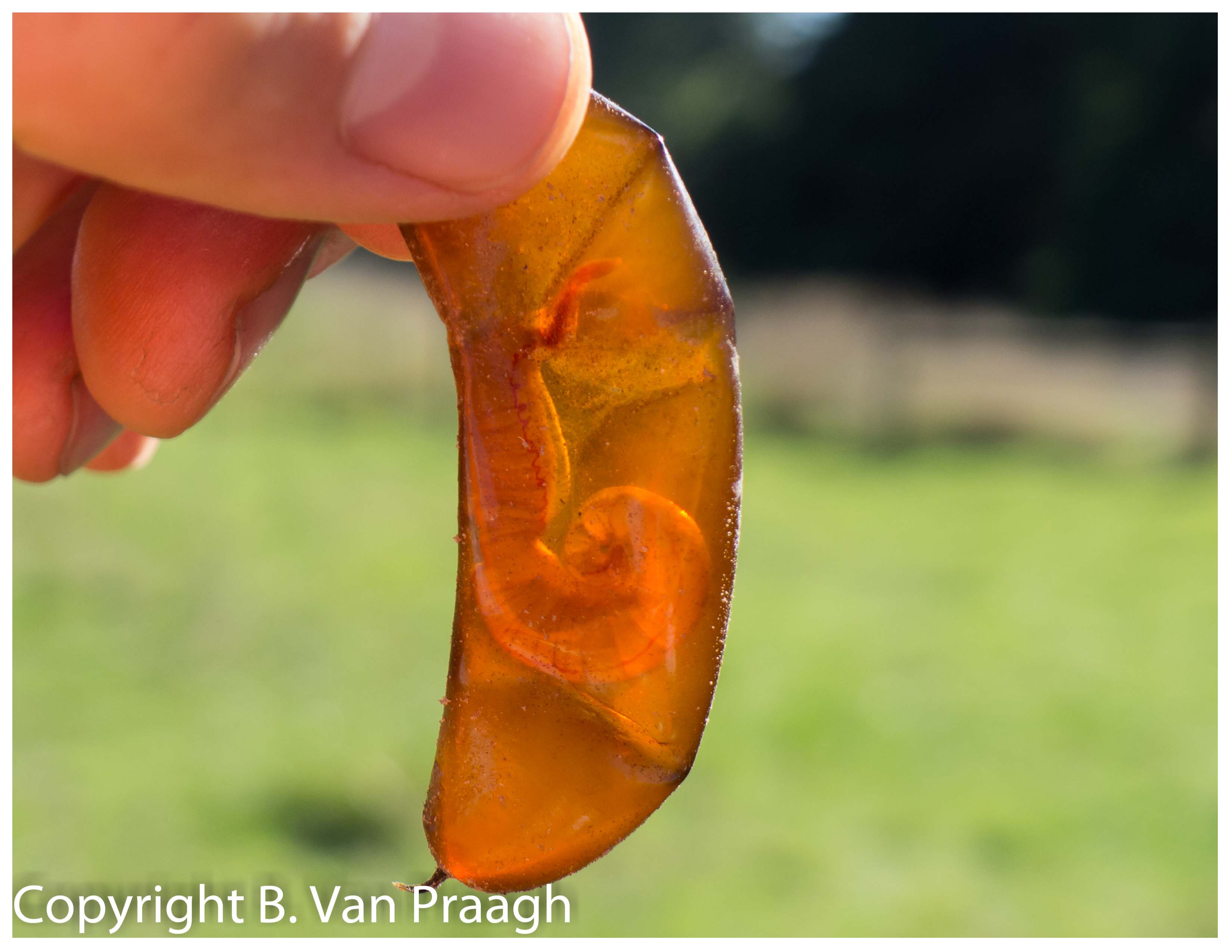
Some key details about the shape and size of an Earthworm are:Įarthworms are generally broad, small, cylindrically elongated with points at the front, blunt behind, and thickest slightly behind the anterior end. Washington Giant Earthworm (Driloleirus americanus)Įarthworms are extremely important for the environment and there is an essential need to preserve and understand the Earthworms.

Louisiana Mud Worm (Lutodrilus multivesiculatus) Oregon Giant Earthworm (Driloleirus macelfreshi) Giant Gippsland Earthworm (Megascolides australis)

The name in the bracket is an Earthworm scientific name.Įuropean Nightcrawler (Eisenia hortensis) These are Earthworms, either peregrine or cosmopolitan in nature.įew of the common Earthworm species are listed below. The most common species of Earthworm found in the environment is Lumbricus terrestris.Ĭurrently, according to the species name database, there are over 6,000 terrestrial Earthworm species and just about 150 species are widely distributed around the world, out of a total of around 6,000 species. There are more than 1,800 species of the Oligochaeta class of terrestrial worms present in the world. The scientific name for Earthworms is Lumbricina. the moisture and organic content are sufficient to support them. In nearly all types of soils in the world, Earthworms are present wherever the conditions are suitable according to them, i.e. The numbers and distribution of Earthworms in a field indicate what is happening under the surface. 1.Earthworms are tiny invertebrate organisms that live in the soil, as they are susceptible to pH, waterlogging, compaction, rotation, tillage, and organic matter, which are considered good biological indicators of soil health.They often die from changes in the soil (drying or flooding), disease or predators such as birds, snakes, small animals and large insects. Those with a wholesome country lifestyle can live up to eight years, but those in city gardens generally last 1-2 years. (They grow up so fast.) Mature earthworms can produce up to 80 cocoons a year.Īn earthworm's lifespan depends on its environment. An earthworm is ready to reproduce within 12 months. Unfortunately it has to share its birthday with around four siblings. When a hatchling emerges from its cocoon, it is tiny but fully formed. An earthworm uses both male and female sex organs in mating, but most cannot reproduce alone. A hard covering forms around the worm and it wriggles out to leave a cocoon. Life begins when two worms mate, top to tail. Subjects: Science Years: F–2, 3–4, 5–6 What happens to an earthworm throughout its life?


 0 kommentar(er)
0 kommentar(er)
